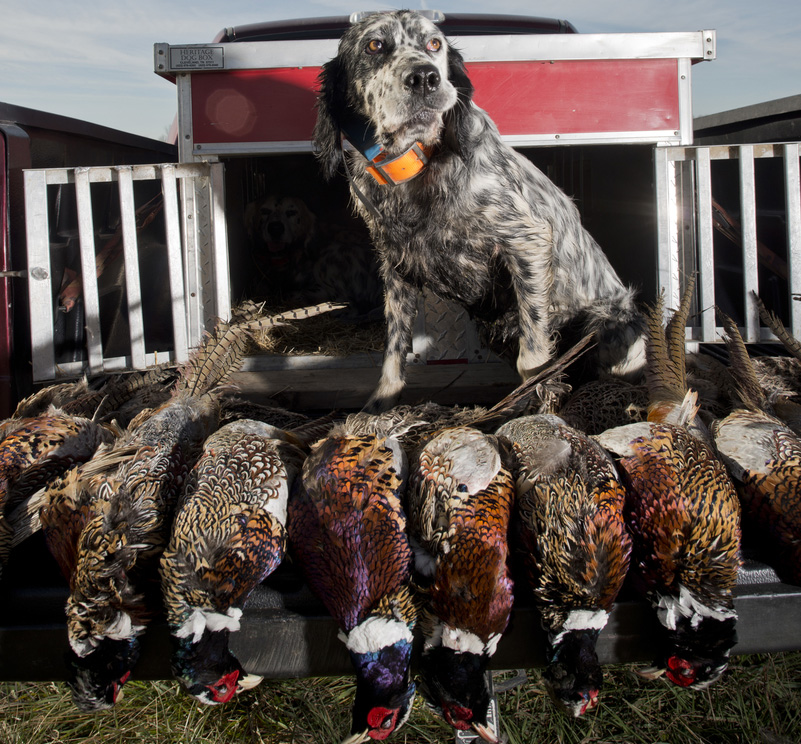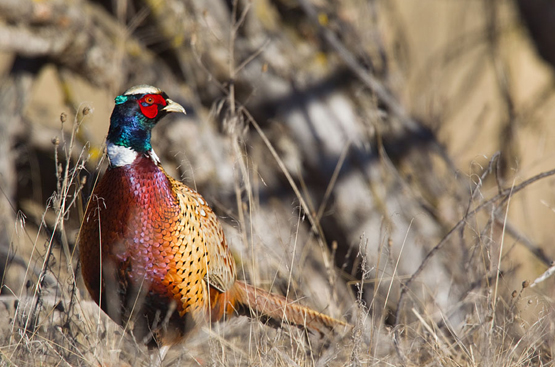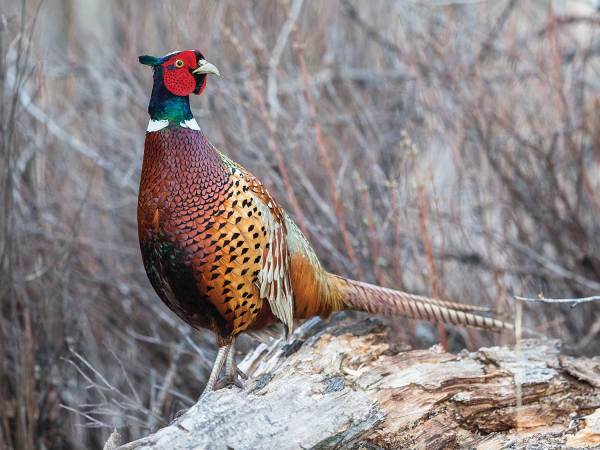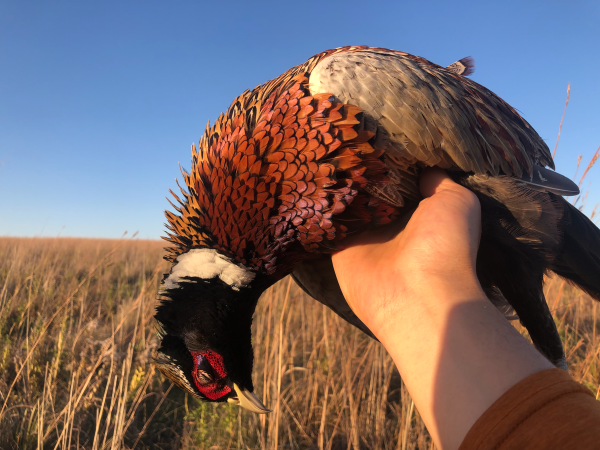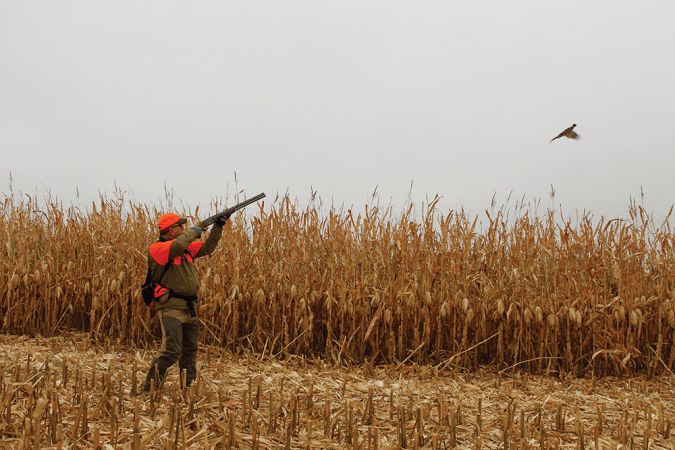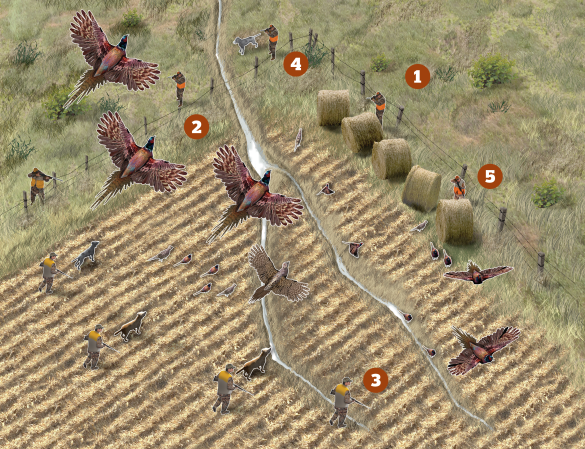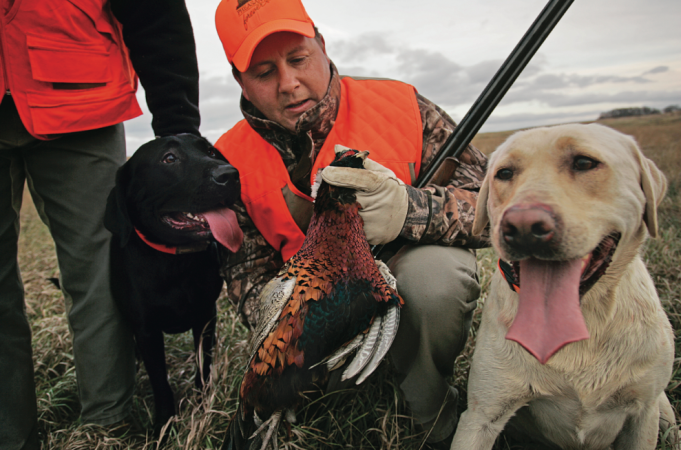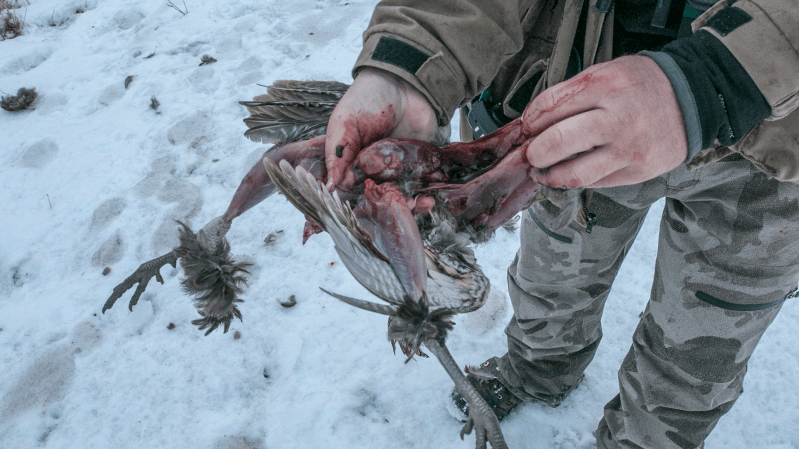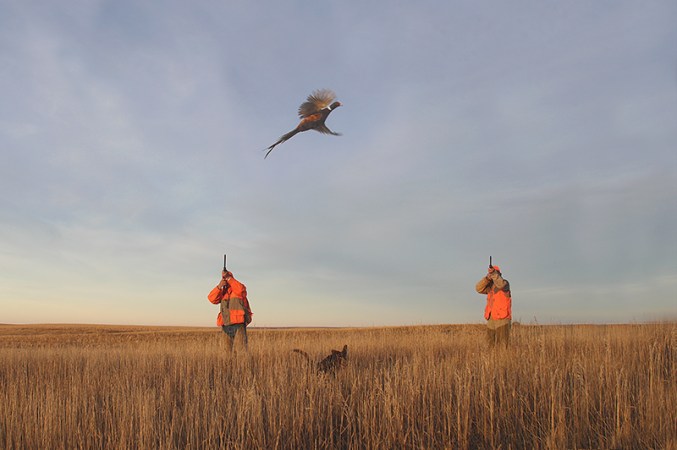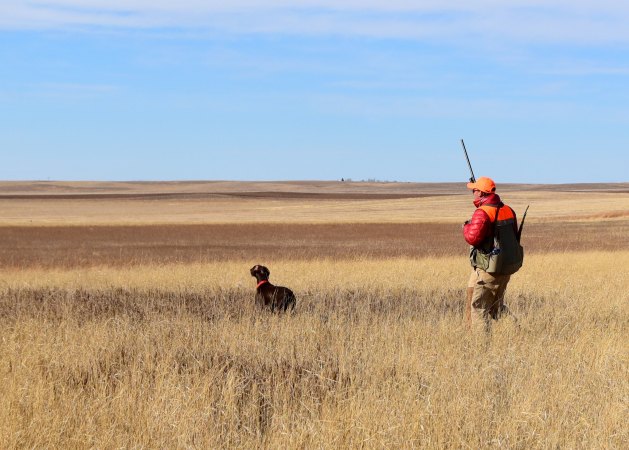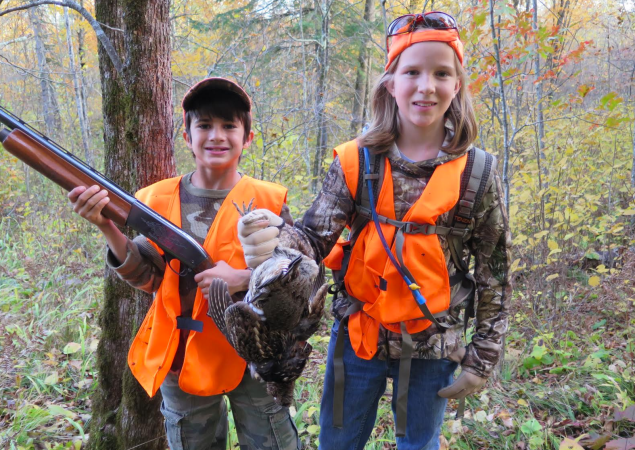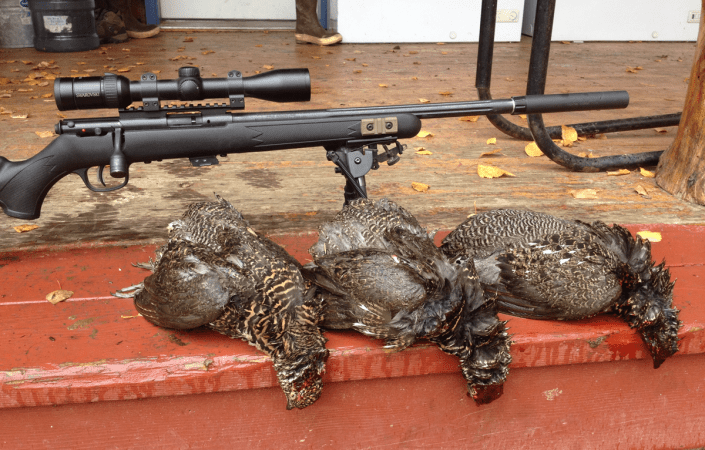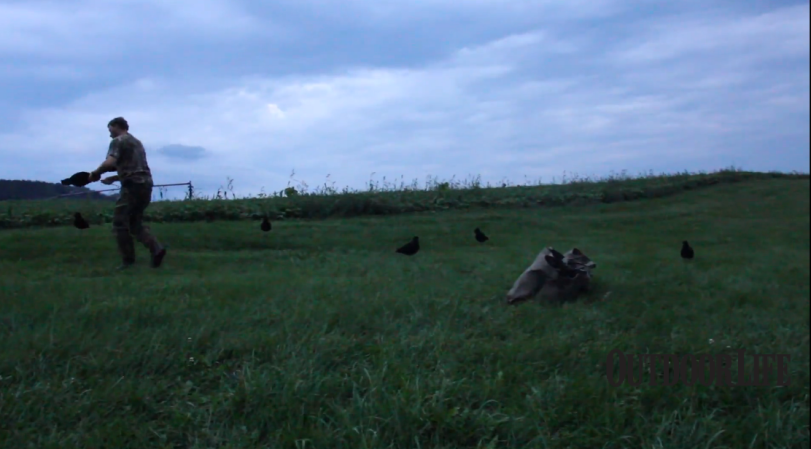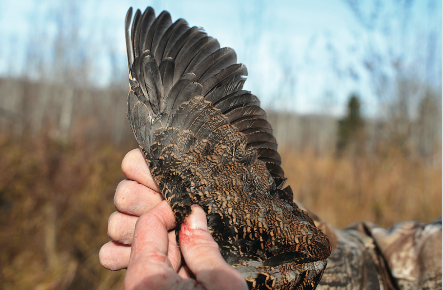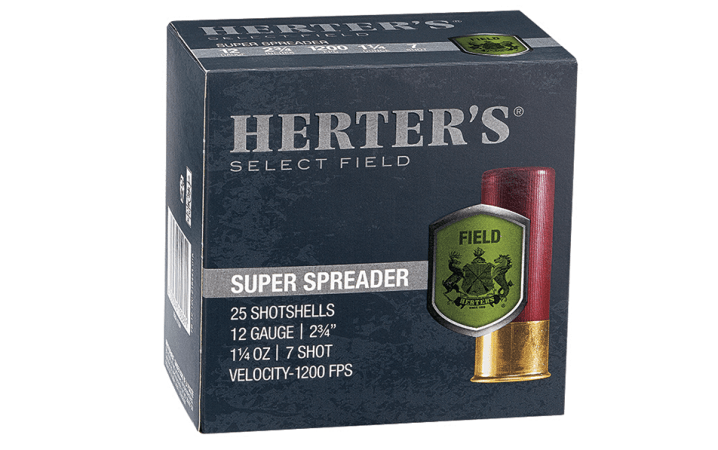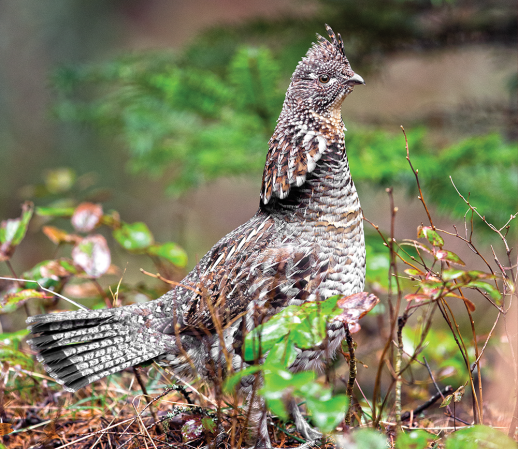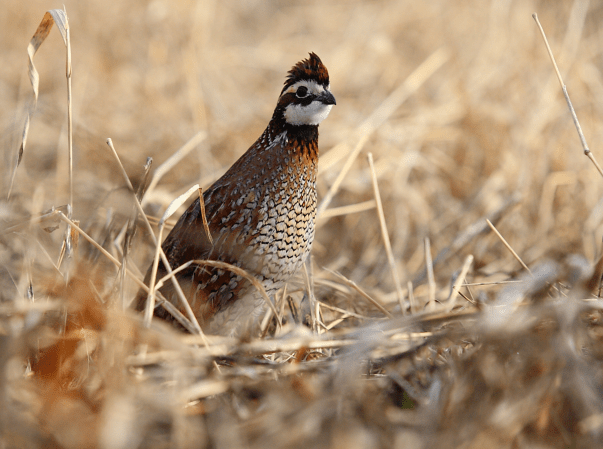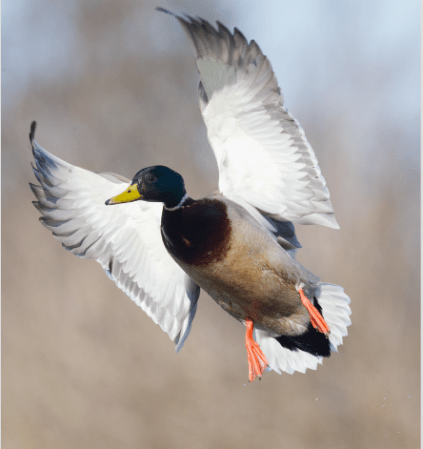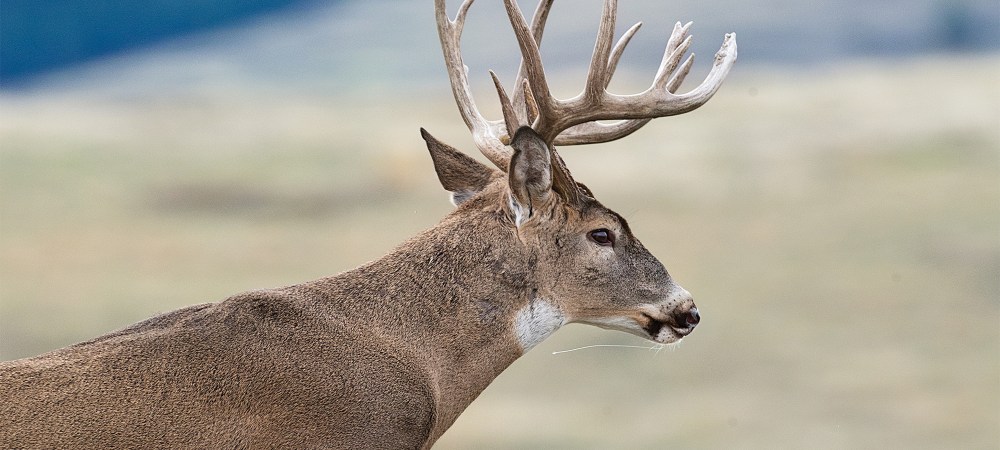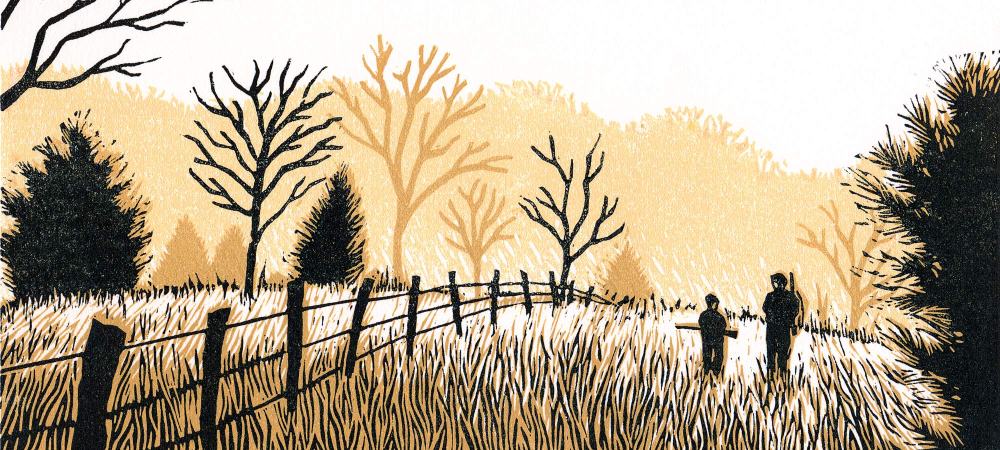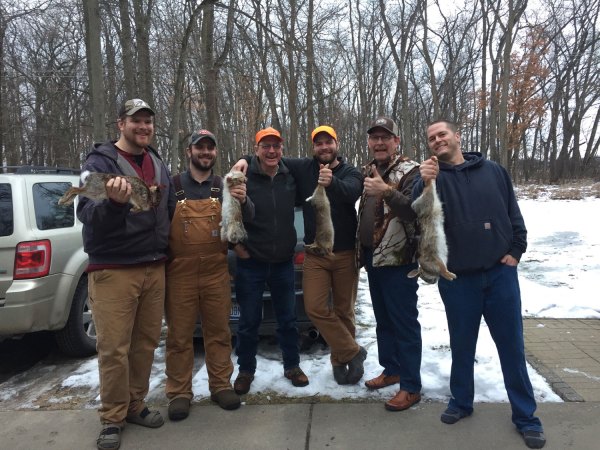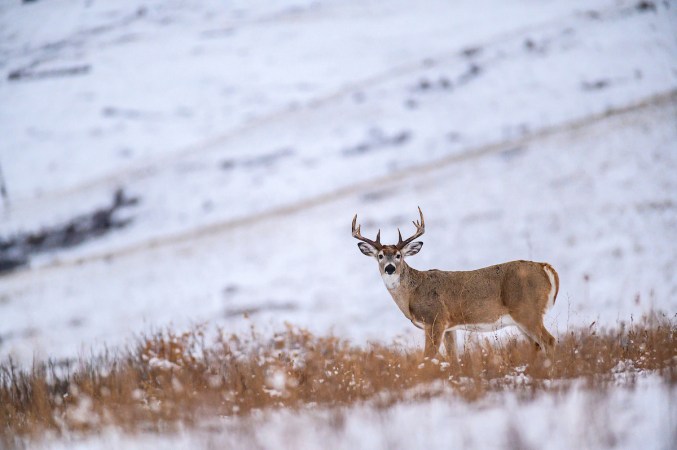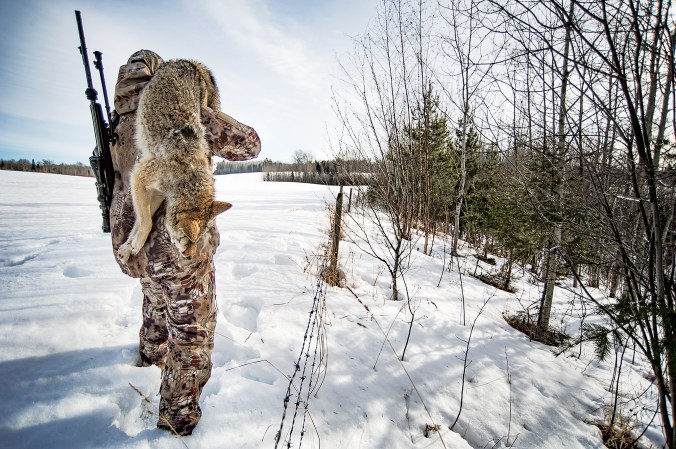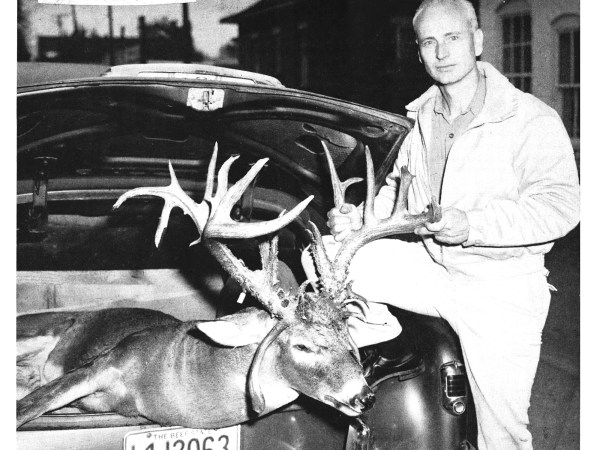Party hunting for pheasants is a favorite tradition of many outdoorsman, especially in states such as South Dakota, which caters to big groups of bird hunters. Still, party hunting has its limitations, and adding more guns to the crowd doesn’t always mean you’ll shoot a limit.
When hunting hours are dwindling and you find yourself a bird or two shy of a full game bag, try breaking up the party and venturing out in groups of two to four. Targeting smaller pieces of cover that bigger groups often overlook can lead to some quick, easy opportunities. And in my opinion, these small-group excursions are much more rewarding than busting brush with the orange army.
Here are three of my favorite types of target areas for just such an approach.
1) Double-wide fencerows
Any fencerow is worth a look, but the “double-wide” fencerows are especially productive. As the name suggests, they’re fencerows that are wider and thicker than normal, or that pass through other isolated patches of cover. For instance, where a barbwire fence passes through a low-lying area, it might intersect a small cattail slough or some tall grass that the farmer drove around while planting because the bottom was wet. These intersections are good targets. And if the ditch on the other side of the fence is just as thick or full of cattails, it’s a prime spot. A similar scenario often takes place along gravel two-tracks or half-section farm lanes, where the roadside is never mowed. Make sure it’s legal to hunt these areas, then place a blocker at the far end while another hunter walks the fence.
2) “Islands” of cover
An “island” of cover is an isolated patch of thick grass, cattails, brush or similar cover in the middle of an otherwise sparse landscape. Sloughs hidden away in crop fields are particularly attractive, especially right after surrounding crops have been harvested. Stock dams in large pasture fields are great targets that a hunter could hit alone. Other good examples include abandoned home sites (one of my favorites), evergreen windbreaks and weedy field corners. Always, always approach quietly. Birds often have nowhere to run, so if you don’t spook them into flushing wild, they should hold tight.
3) Dirty farm lots
Smart roosters love farm lots and barnyards because there’s often loose grain and plenty of places to escape cold and wind. Plus, most farmers don’t want an army of hunters stomping through their work area. With just a couple hunters, however, a farm lot hunt can be managed safely and effectively. Target overgrown feedlot edges, lots full of rusty farm machinery, pond edges, junk piles, windbreaks, orchards and any other random bits of cover – the dirtier the lot the better. Just be cautious and courteous for the farmer’s sake.
